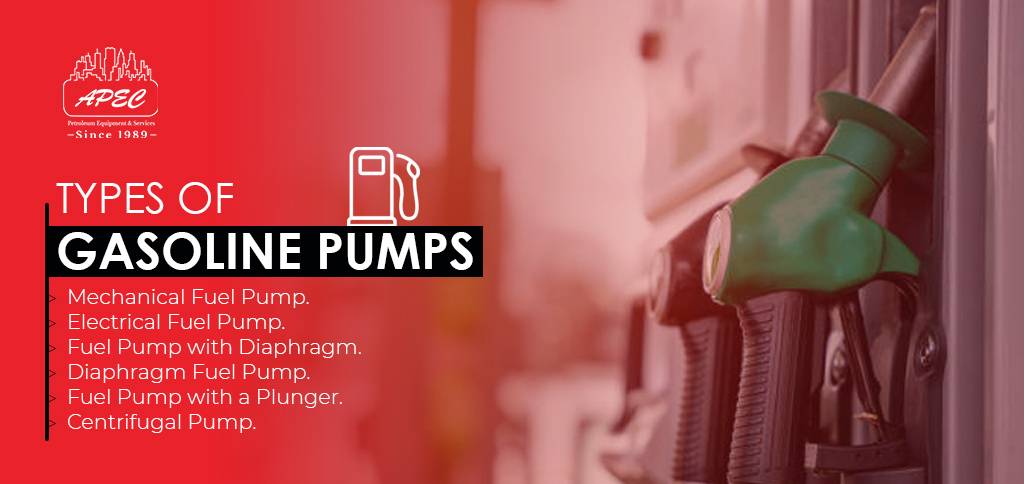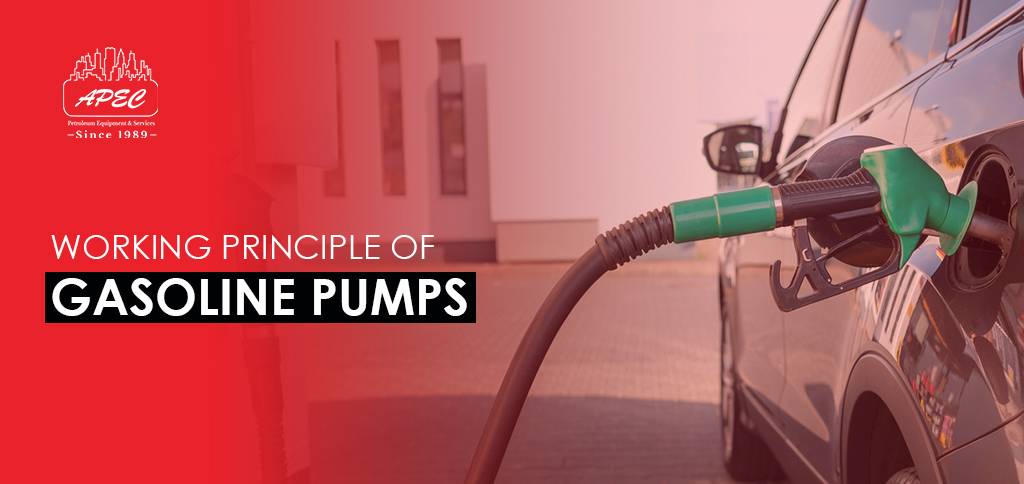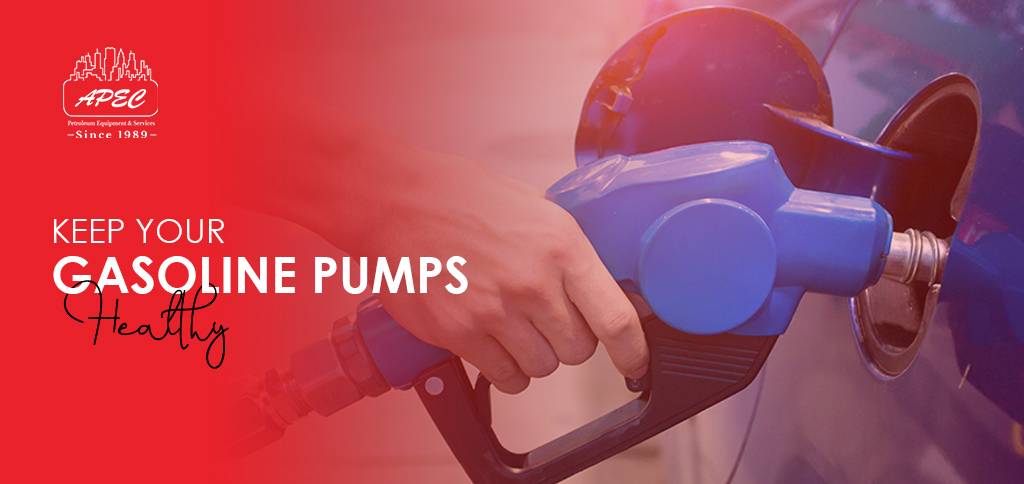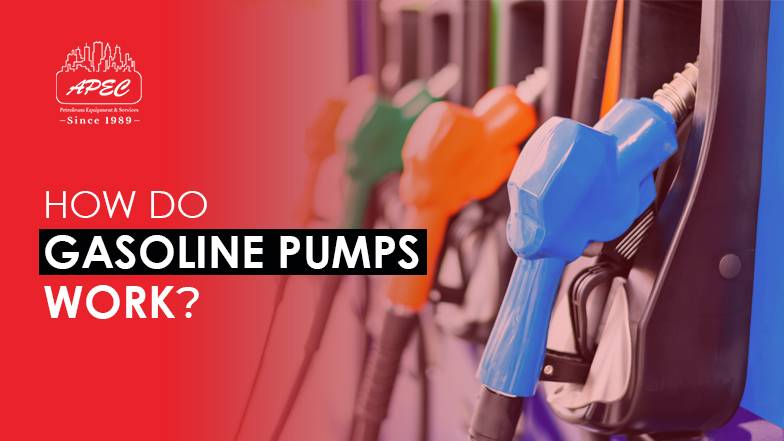How do Gasoline Pumps work?
A gasoline pump is a filling station machine used to pump gasoline (petrol), diesel, or other types of liquid Fuel into vehicles. Gasoline pumps are also known as bowsers, petrol bowsers, petrol pumps, and fuel dispensers.
Gasoline is made when crude oil is broken into various petroleum products by fractional distillation. It is essential to run cars’ internal combustion engines. The chemical composition of gasoline varies depending on its grade or octane rating, but generally, it is a mixture of combustible hydrocarbons. Gasoline is one of the most widely used petroleum products.
The combustion of gasoline is a significant source of human-made carbon dioxide (CO2). The combustion of any fossil fuel and the formation of this carbon dioxide negatively impact the earth. It can cause climate change and promote global warming.
Parts of a gasoline pump
A modern gasoline pump is divided into two main parts:
- Electronic head:
It contains an embedded computer to control the pump’s action, drive the pump’s displays, and communicate with an indoor sales system.
- Mechanical section:
It has an electric motor, pumping unit, meters, pulses, and valves to pump and physically control the fuel flow.
Types of Gasoline Pumps

There are some primary types of gasoline pumps, each of which is described below:
- Mechanical Fuel Pump.
- Electrical Fuel Pump.
- Fuel Pump with Diaphragm.
- Diaphragm Fuel Pump.
- Fuel Pump with a Plunger.
- Centrifugal Pump.
APEC A Petroleum Equipment Company – Your Top Choice One-Stop Shop
Type of pump used for gasoline
Centrifugal Pump
Centrifugal pumps are the most common type in the oil and gasoline industry. The centrifugal pumps use centrifugal force through the rotation of the pump impeller. The pump intake and force it through the discharge section via centrifugal force. Discharge flow Control Valves control the flow through the pump.
Centrifugal pumps are primarily used for transferring low-viscosity fluids that require high flow rates. They are typically part of a larger pump network comprising other centrifugal pumps. Crude oil shipping is used in secondary oil and gas recovery.
Working Principle of Gasoline Pumps

A fuel pump is a fluid-handling device that moves gasoline from the fuel tank to the engine. It’s often found in internal combustion engines. The fuel pump transports gasoline from the tank to the fuel bowl, where the carburetor mixes the Fuel with air and transports it to the engine’s combustion chamber.
Large gas tanks underneath all the service pumps at a fuel station. Fuel stations have two or three large tanks, which can hold several thousand gallons of gasoline. But for the gas to come up from these tanks into the pump, it must defy gravity.
Most gasoline stations use one of two kinds of pumps to get the gas from the storage tanks into the dispenser:
- Submersible Pump
A submersible pump is a deluge below the surface of the liquid. It uses a screw-like device called an impeller to move the Fuel upward into the pumps. Skewed blades on the rotating impeller push the liquid away.
- Suction Pump
The system contains an electrical motor, pump, and valves to manage the Fuel. A suction pump moves the gasoline using the principle of unequal pressure. A pipe is inserted into the liquid. The motor above the fluid level removes enough air from the pipe to decrease the air pressure above the gasoline. When the air pressure inside the pipe is low enough, the gas climbs into the dispenser.
- Electronic Monitor
Electronic monitor, the sensor reading to show fuel volume and pressure details. Fuel monitoring devices provide accurate measurements and improve efficiency.
Keep Your Gasoline Pump Healthy

These modest actions should help keep it in good condition. Gasoline doubles as a coolant when used with in-tank pumps. If you leave a tank low frequently, your pump will overheat. Fill your tank.
Conclusion
Gasoline pumps have been briefly described here, but a more detailed discussion is needed to fully understand the workings of gasoline pumps. You are encouraged to visit the APEC website’s gasoline pump based on your demand and application.





